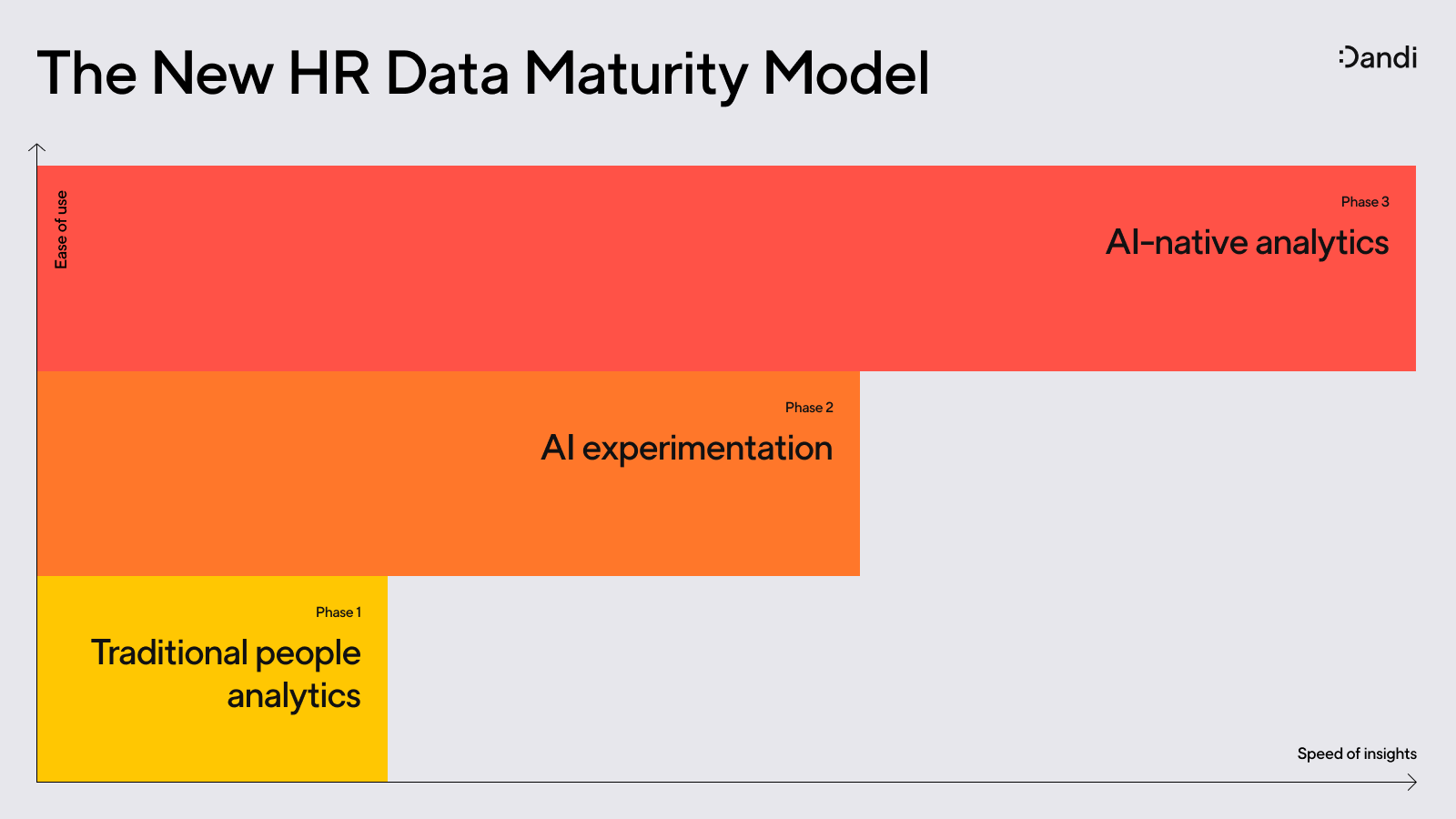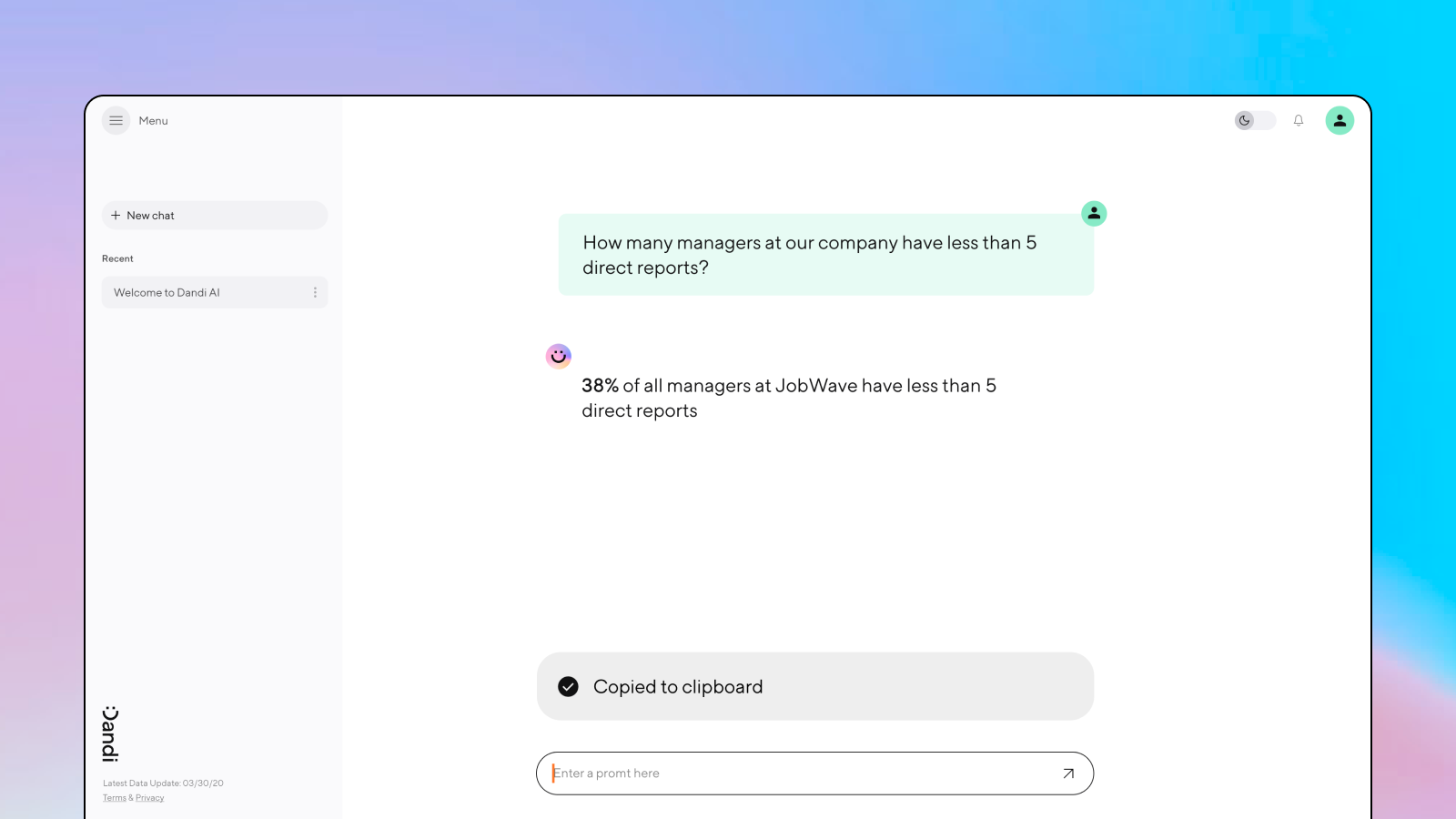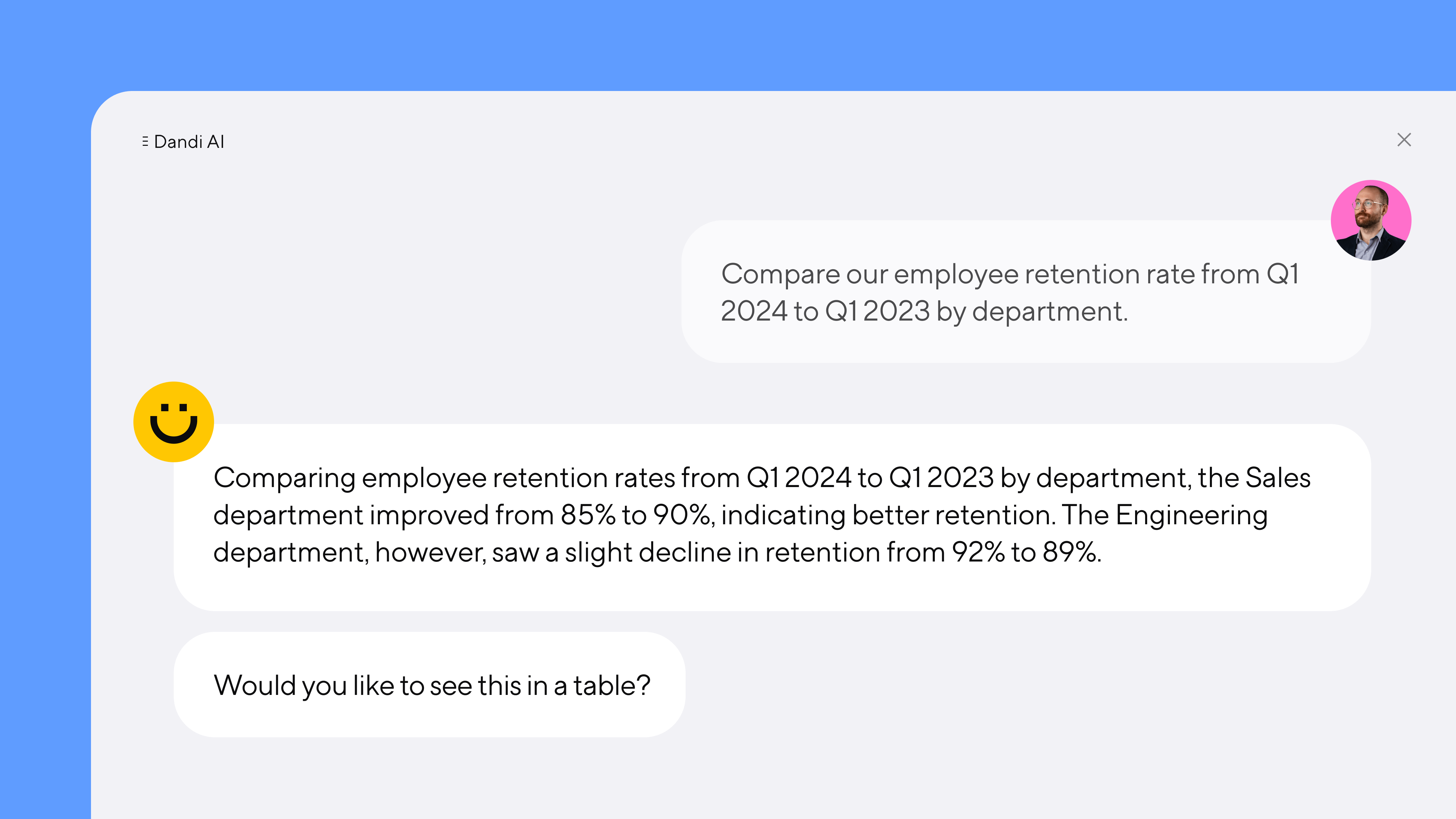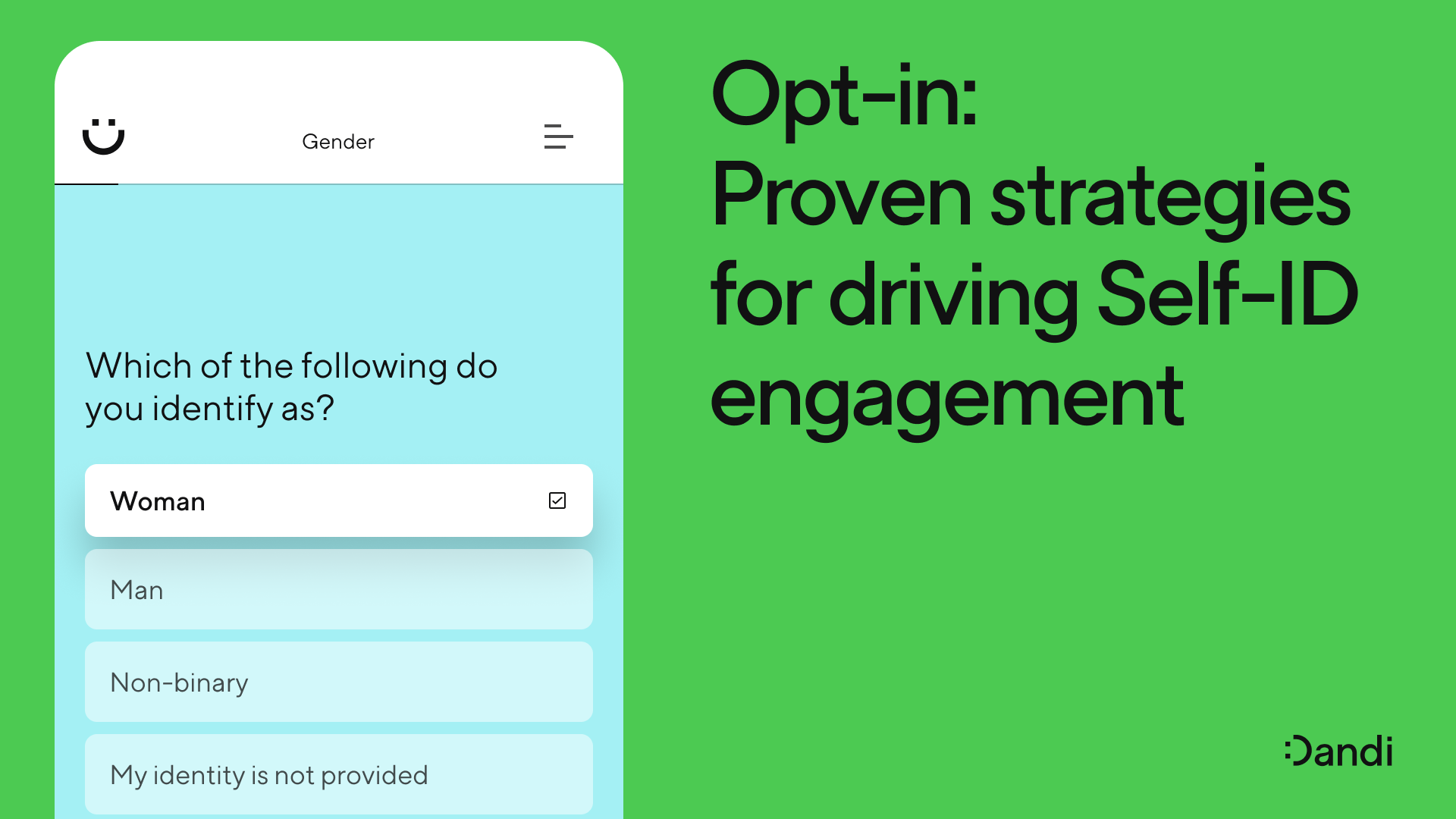Diversity training is important. But it's not enough.

Camille Hogg, PhD – Jan 11th, 2023
If your DEI program consists solely of one-off trainings, it's destined to fail. For DEI to succeed, organizations must pair trainings with ongoing, data-driven action.

Data drives transparency, action, and accountability, which are essential to DEI success.
In 2018, Starbucks did something that it had never attempted before.
Following public outcry after two Black men were wrongfully arrested at one of their Philadelphia stores, the Seattle-based coffee corporation closed all 8,000 of its US locations for a company-wide anti-bias training day.
The day cost the company an estimated $17 million dollars in lost sales. But it sparked a wider public debate: Can a one-day training session undo years of embedded biases?
Years later, it’s a debate we’re all still having. As DEI continues to be a strategic priority for businesses globally, unconscious bias training has become synonymous with many organizations’ failed attempts to improve employee knowledge and awareness.
Training became many organizations’ tool of choice after George Floyd's murder in 2020. And the truth is, it’s not necessarily the training itself that’s the issue.
Millions of employees worldwide have completed some form of unconscious bias training. General awareness of workplace bias, and conversations on race and gender, are much higher today than just a few years ago.
But the evidence tells us that it’s not enough to sustain real change—at least not when it’s an organization's only DEI programming.
Without measurement and action, standalone training is destined to fail and stagnate progress long-term. The only way forward is a data-driven approach that supports training with action.
Why businesses can’t rely on DEI training alone
Bias and discrimination thrive in the gaps in our knowledge. So it seems entirely logical that when organizations first launch their DEI strategy, they often believe that learning and training will give them the best chance of success.
This is a commonly-held belief. A 2021 report found that DEI training and development is still widely considered to be the top DEI priority for organizations, topping the list over employee career progression, fostering an inclusive workplace culture, and establishing organizational DEI goals.
The problem is, most workplace DEI training options are focused on achieving very specific goals. They’re often goals that are impossible to achieve in one session, much less connect back to employees’ everyday life at your organization.
Unconscious bias training is an attempt to undo the emotional and behavioral patterns that often go unchallenged at work—the ones that mean some people are more likely to get hired, promoted, or paid better than others. Manager training aims to help managers create more inclusive team dynamics. Recruiter-focused training teaches talent teams equitable hiring practices.
All are valuable to increase awareness of core DEI issues. But none can address the lifetime of embedded biases and discrimination that operate at an unconscious level in one half-day session.
One-and-done learning models rarely deliver long-term results.
Research backs this up:
- A 2016 study found that one-time training sessions only support knowledge retention when skills are applied regularly
- A 2018 study based on surgical employees found that spacing out regular training sessions contributed to skill and knowledge retention
- A 2019 meta-analysis of unconscious bias training found that while it did temporarily increase awareness for up to two weeks following the session, it rarely led to long-term behavioral change.
- Another meta-analysis from 2019 found that diversity training was ineffective at addressing the structural and institutional changes needed for progress
One-and-done learning models rarely deliver long-term results. Performed alone, DEI training sessions are time-limited—both in execution, and wider impact. It’s the same reason why cramming for an exam is a better indicator of our short-term memory, than our long-term knowledge recall.
Because in reality, unconscious bias training may provoke discomfort, shame, and backlash that thwarts learning outcomes. Managers may struggle to foster team-level inclusion without a clear understanding of what’s causing exclusion. And talent teams can’t increase hiring equity if they can’t change key processes across the entire recruitment funnel.
When DEI training is done in isolation, it’s difficult to internalize the new knowledge and behaviors necessary to sustain meaningful change—and it’s much harder to see or measure progress.
You can’t solve DEI all at once. But you can take small steps towards big changes.
Training isn’t a silver bullet for your organization’s DEI challenges. By itself, it won’t change your workplace to be more inclusive or diverse, unless you make other changes first.
To maximize its impact, organizations must deliver it as part of a multi-pronged approach—and they must follow it with action and progress.
According to a 2021 study, organizations that primarily invest in training as a core part of their DEI initiatives tend to be least successful in improving diversity and inclusion overall.
This is because there’s a disconnect between the training, and how employees are able to apply their knowledge over the long-term.
The most successful DEI programs are less focused on big, one-time actions. Instead, the organizations that are doing DEI well are focused on making small, consistent, and measurable gains that tangibly reshape processes, behavior, and culture.
The most successful DEI programs are focused on making small, consistent, and measurable gains.
Over time, these small actions can add up to a huge difference.
Communication is a critical part of sustaining this approach long-term. Studies have repeatedly shown that when employees are forced to participate in DEI initiatives, it’s more likely to provoke a negative outcome—especially when training is positioned to point out individual flaws and failings.
Without the context, willingness to learn, and communication around the purpose, employees will struggle to connect DEI training to your wider strategy, or their role. But when you’re able to consistently point to progress and communicate your goals, it signals to your employees that your efforts are sincere.
Progress on DEI initiatives looks different at every organization. But there’s one way it can be measured effectively: data.
Data reveals progress. Progress sustains action.
Data connects training, actions, and communication, creating a pathway to progress. It gives you concrete evidence that your DEI efforts are working and their impact across your organization—as well as signaling when they’re not.
And most importantly, it tells you where to focus and adjust your efforts to drive better results.
When organizations take a data-driven approach to their DEI strategy, they’re able to measure the success of their actions. They’re able to identify whether or not that unconscious bias training is working, and how best to support it with actions. They can adjust manager training to address the root causes of inclusion within their teams, and they can enable recruiters to analyze the source of bias in the recruiting funnel.
Data enables organizations to take accountability and ownership for the most pressing issues harming inclusion and invest in those. And when training is needed, data enables organizations to pinpoint exactly what they need.
Data leads to progress, and progress sustains your organization’s long-term commitment to creating a more diverse, inclusive, and equitable place to work.

Maximize the impact of training with data
Knowledge development and awareness are a critical part of building better organizations where everyone feels like they can show up as themselves. But when diversity training lacks direction or follow-through, it will never deliver the results you want.
In the best case scenario, it might not impact much. But in the worst, it can actively sow discomfort and discord among your employees, and lead to decreased commitment in your DEI strategy.
To maximize the impact of DEI training, organizations must pair it with data and action. Data gives organizations a direction of travel for their efforts, while small, measurable moments of progress snowball over time to create much larger behavioral and cultural changes.
And this is something that Dandi can help with.
Dandi’s powerful DEI analytics platform equips organizations with the real-time insights that drive continuous progress, commitment, and action on their initiatives. With intersectional measurement across dimensions of diversity and the employee lifecycle, organizations can measure what matters most on DEI, and focus their efforts on actions that lead to sustainable change.
Ready to take your DEI program further? Book a demo to see how Dandi can help.
More from the blog
Announcing more powerful Dandi data visualizations
Team Dandi - Oct 23rd, 2024
The New Maturity Model for HR Data
Catherine Tansey - Sep 5th, 2024
Buyer’s Guide: AI for HR Data
Catherine Tansey - Jul 24th, 2024
Powerful people insights, 3X faster
Team Dandi - Jun 18th, 2024
Dandi Insights: In-Person vs. Remote
Catherine Tansey - Jun 10th, 2024
Introducing Dandi AI for HR Data
Team Dandi - May 22nd, 2024
5 essential talent and development dashboards
Catherine Tansey - May 1st, 2024
The people data compliance checklist
Catherine Tansey - Apr 17th, 2024
5 essential EX dashboards
Catherine Tansey - Apr 10th, 2024
Proven strategies for boosting engagement in self-ID campaigns
Catherine Tansey - Mar 27th, 2024









